Graham Reid | | 3 min read
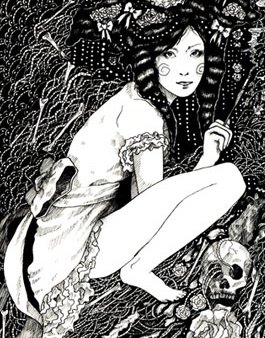
In my current illustration work I have been exploring the ways which a narrative can be impelled by contradicting and contrasting ideas between illustration and typography. I have been playing with the way in which the ambiguous form of both illustration and typography can blur the line between what is illustration and what is typography.
Through this approach I have been testing ways in which the illustration can be designed in a way to influence the cerebral processes of the viewer and to create a new interpretation of the narrative.
All my work is developed around the idea of Narratology and how text and image can be intertwined to create more complex foundations for a narrative. The main idea behind this is to try to show all possible dimensions of a story and to condense these aspects within one illustration.
My compelling influences for this development were two articles on the complexities of translating children’s book from a foreign language to English.
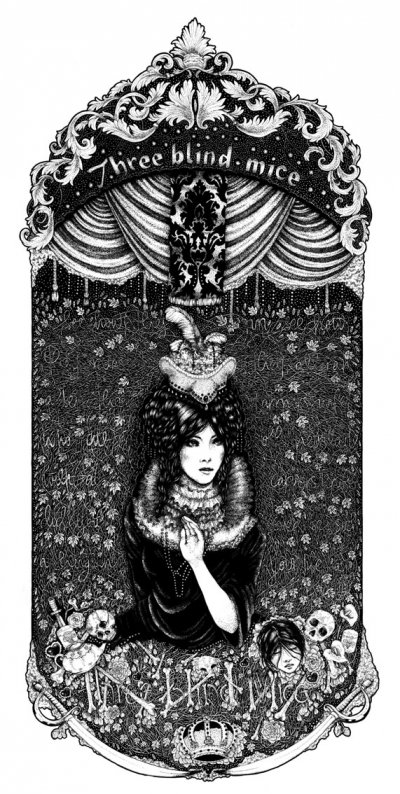 Complications arise when a consistent
duet needs to be applicable between the image and text (Sipe, 1998).
Complications arise when a consistent
duet needs to be applicable between the image and text (Sipe, 1998).
This duet or interplay between the images is ultimately what I am trying to achieve in experimentation.
The interplay is to exert influence on each other, by using contrasting or contradictory imagery against the text, so that a different meaning can be formed, or a subliminal influence can be created, shifting the mental processes of the viewer and giving them an uneasy feeling about what they are viewing.
By creating illustrations about the history and the hidden meaning behind a narrative I am trying to make imagery which will provoke the reader to think differently about the text, therefore creating a new story, something that perhaps the text will try to hide.
Susan Hagan (Hagen, 2007) indicates an argument that visual and verbal messages develop when a cohesive and perceptual relationship form between image and text, and between this collaboration they are capable of clarifying, contradicting or challenging a common understanding for a particular audience (Hagen, 2007).
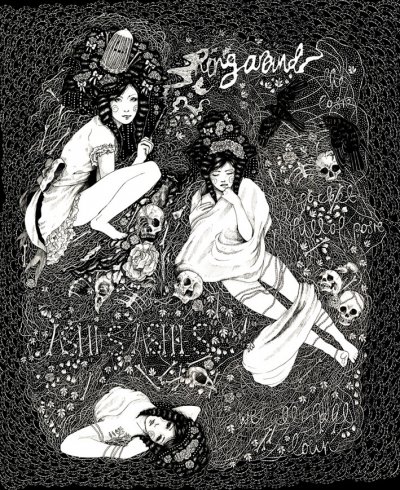 This understanding solidifies my
research as it indicates the persuasive power text and image
collaborations can exemplify.
This understanding solidifies my
research as it indicates the persuasive power text and image
collaborations can exemplify.
This partnership is capable of creating a whole new story or understanding of a particular narrative.
I am also really interested in the way in which subliminal imagery or subliminal persuasion operates.
Subliminal means something that exists or operates below the threshold of consciousness.
Early advertising used subliminal techniques to persuade their customers or viewers to buy something.
For example advertisers embedded the image of popcorn and Coca-Cola into movie goers subconscious by flashing an image of Coca-Cola and popcorn on the screen; this was done so fast that only the sub-consciousness of the viewer would pick it up.
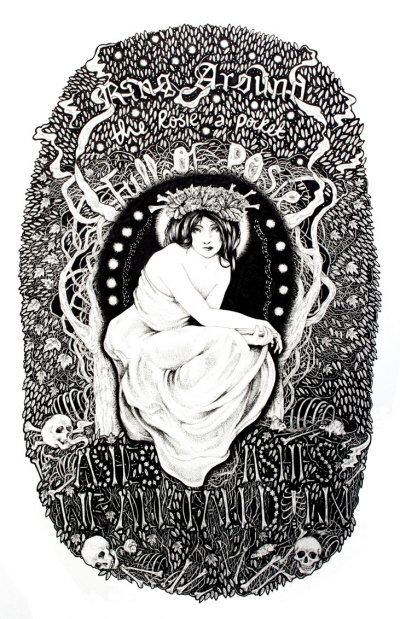 However, the moviegoer would start to want Coca-cola and popcorn
because of this image embedded in their subconscious (O’barr,
2013).
However, the moviegoer would start to want Coca-cola and popcorn
because of this image embedded in their subconscious (O’barr,
2013).
The idea was that the subliminal message would play in the unconscious area of your mind creating a desire for something or changing your opinion of something (Klass, 1958).
I have been exploring ways to apply this type of thinking in my illustration. And I am really interested in the way that this can potentially create the sense within the viewer that something is not quite right to get them to look into it further to try and understand what is going on.
Throughout my current masters research I have learnt that there are not many limitations to what you can achieve through the play of image and text relationships.
When the two are combined they are capable of creating new ways of reading.
Continuing on with this research I am looking at going beyond the static image restrictions and testing these ideas through the process of animation.
Currently I am looking at the ways in which a narrative can create a sense of the macabre through an investigation into the relationship between illustration and typography and a re-thinking of the notion of a narrative through static and moving image.
I am also looking into ideas such as the psychoanalytic gaze and how this can help to create a sense of the macabre through story-telling techniques and camera angles.
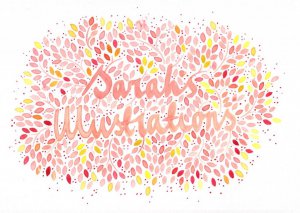 Sarah Ryan is undertaking her masters research in illustration and design at AUT University in Auckland.
Sarah Ryan is undertaking her masters research in illustration and design at AUT University in Auckland.
She came to Elsewhere's attention for her quirky and colourful illustrations in The Auckland Book but her work above shows another side of her practice.
Her website is at sarahryanillustrations
.
Other Voices Other Rooms is an opportunity for Elsewhere readers to contribute their ideas, passions, interests and opinions about whatever takes their fancy. Elsewhere welcomes travel stories, think pieces, essays about readers' research or hobbies etc etc. Nail it in 1000 words of fewer and contact graham.reid@elsewhere.co.nz.
See here for previous contributors' work. It is wide-ranging.


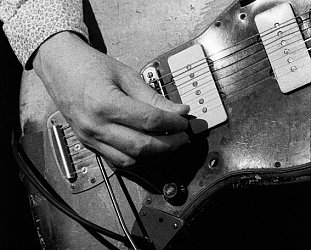
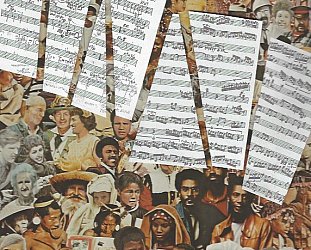
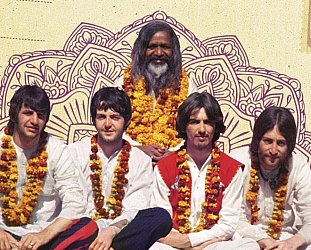
post a comment